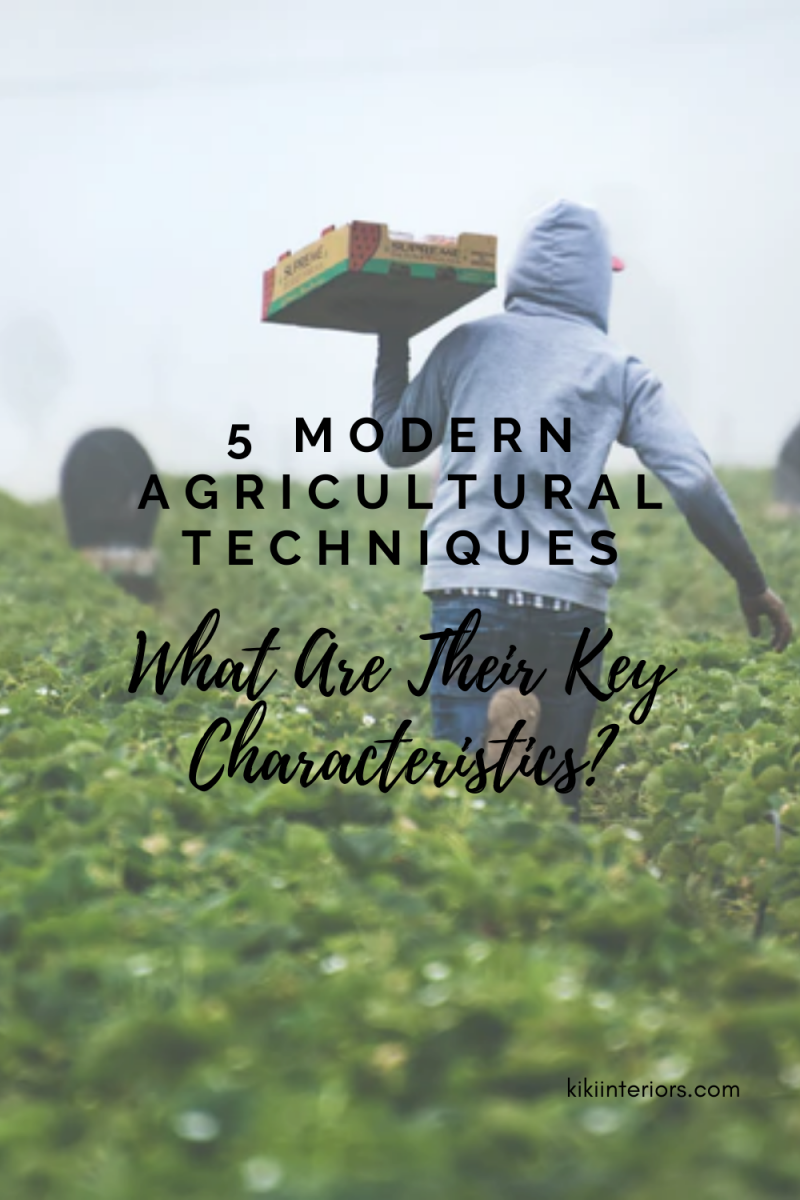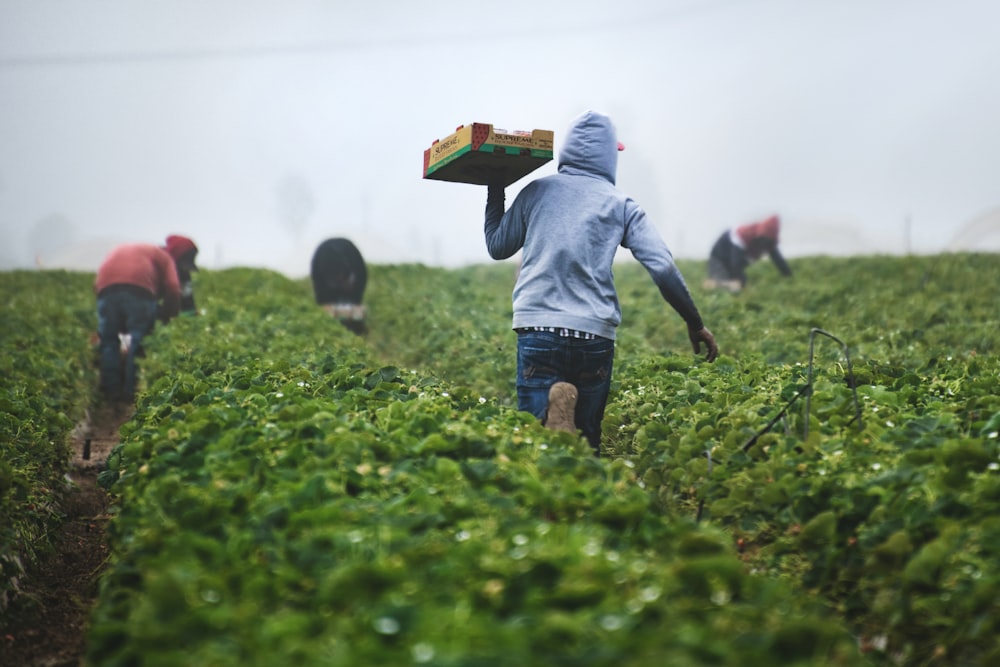
Humanity has come a long way since its initial forays into agricultural production that defined the shift toward modern civilization. That’s a good thing because there are now billions more people on the planet, and all of them need to be fed. The five modern agricultural techniques described below all play essential roles in improving yields, making it easier for farmers to keep up with seemingly ever-increasing demand.
1. High-Yield Varieties of Seeds
One of the great things about domesticated crops is that they can be manipulated using techniques like selective breeding to bring out their most desirable traits. For most farmers, a high yield potential tops the list. When combined with specialized seed treatments, high-yield varieties of seeds can produce larger, healthier crops that will go on to feed more people. Farmers can find details at empoweringfarmers.com about how to increase their yields using improved seeds and tailored seed treatments.
2. Modern Fertilizers
Not all agricultural land is created equal. In many places, a combination of overuse, soil erosion, and other environmental factors have led to nutrient deficiencies. The good news is, modern agriculture has a solution for that, too. Farmers can apply chemical fertilizers that will provide all the nitrogen, phosphorus, and potassium required to grow large, healthy crops.

3. Effective Irrigation
Food crops don’t just need nutrients to grow and thrive. They also require access to plenty of water. Modern farmers can’t rely on natural rainfall to ensure that their crops receive a sufficient supply of fresh, clean water. Instead, they install irrigation systems designed to provide field-grown plants with optimal levels of water, even during the driest seasons. A well-designed irrigation system can help farmers save water, as well, by ensuring that each plant gets exactly the right amount of water to minimize runoff.
4. Chemical Pesticides
Pesticides can be defined as any substance that prevents seeds and plants from being attacked by pests or diseases. Chemical pesticides have been shown to be more effective than organic alternatives, and when used correctly and according to the manufacturer’s specifications, they are believed to be safe. It’s now commonplace for farmers to use multiple chemical compounds to control pest attacks throughout their crops’ growth cycles.

5. Multiple Cropping
In areas of the world that have tropical or subtropical climates, modern farmers aren’t stuck working with just one growing season. They have the potential to grow crops to feed the world year-round. It wasn’t always the case that tropical and sub-tropical farmers could use multiple cropping to take full advantage of their areas’ beneficial weather patterns. It’s only the use of the modern agricultural techniques described above that have led to the popularization of this technique.
To harvest multiple crops successfully, farmers need to make sure their plants get everything they need to grow and thrive even when nature can’t provide it. Since most places with arable land have rainy seasons and dry seasons, water capture and irrigation are a must. Similarly, most places see increases in agricultural pests during certain seasons. Pesticides can all but eliminate this problem. Finally, the right seeds and fertilizers can allow farmers to continue using their fields with shorter fallow periods so they can plant them out as soon as the last crop has been harvested.
The Bottom Line
The combined effects of the suite of agricultural developments described above are incredible. They allow modern farmers to provide more food on the same amount of land and even expand their operations into areas that would otherwise not be able to support crops.

DON’T HAVE A GREEN THUMB? SHOP FAUX PLANTS….



